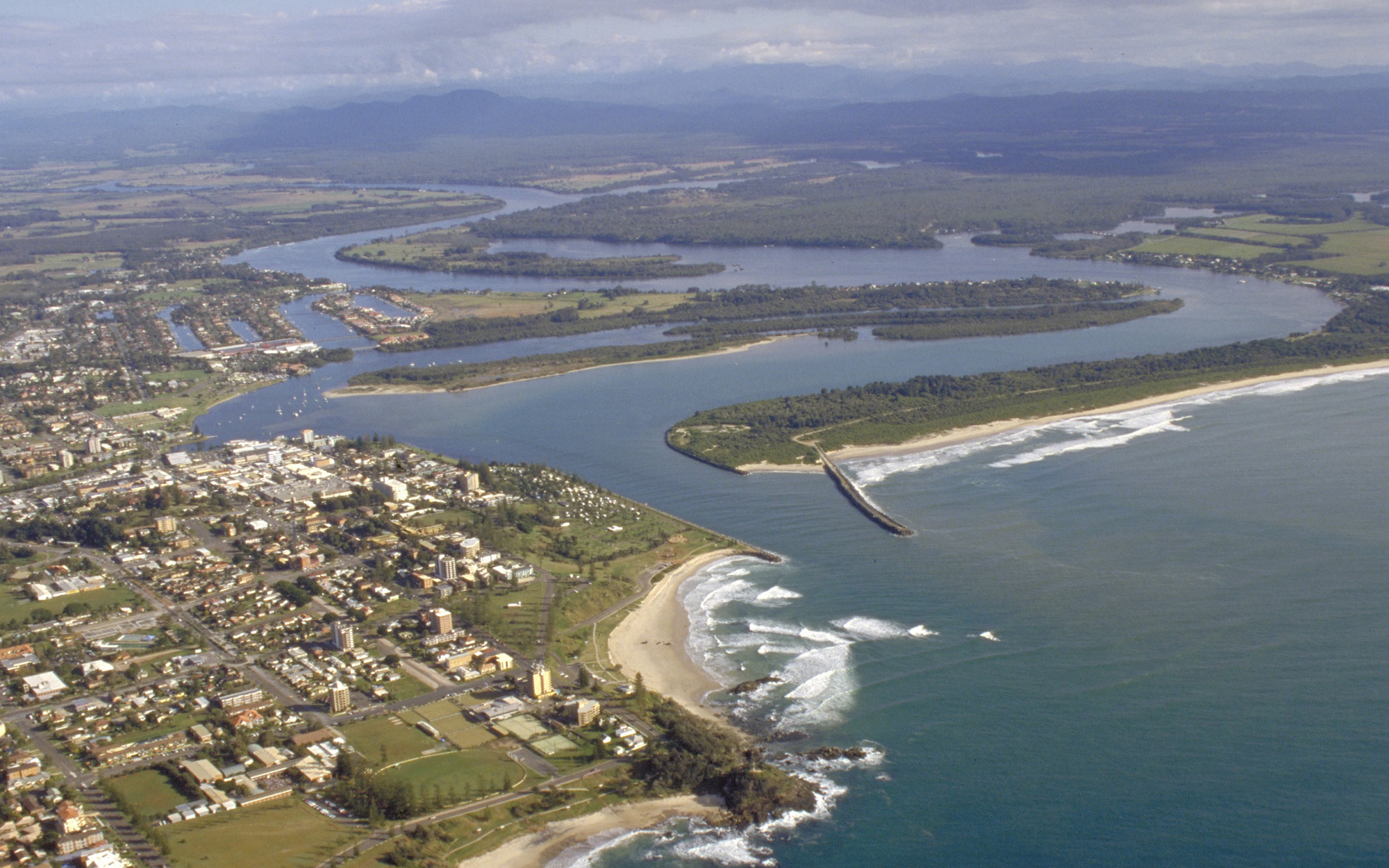Learn about series
A series of information pages on the basics of water.
What is a stream or river?
A stream forms when water collects from an area and moves gradually downhill in a continuous flow. As streams connect, they gradually grow larger, and at some point, become large enough to be called a river. Streams which feed into a river are sometimes called tributaries. Over time, a stream or river may cut a channel into the underlying soil or rock. This may then form defined river banks which the river runs between.
Rivers are important habitats for many water dependent animals and plants, such as fish, waterbirds, frogs, turtles and platypus. Rivers allow water to flow and connect with habitats such as wetlands, pools, lagoons, swamps and floodplain pools. Rivers can be connected to groundwater, both receiving water from underground and helping to replenish groundwater aquifers.
Why are rivers and river water important?
Rivers and streams are important sources of water for both humans and the environment. Many plants and animals rely on healthy rivers for habitat, food, and breeding, and it’s important that we manage water to support them.
Rivers and streams are also an important part of First Nations culture. First Nations people rely on river water to carry out cultural traditions such as fishing, hunting and ceremonies, and to maintain a connection to Country. Many rivers are also sacred and spiritually significant sites for First Nations communities.
How do rivers and streams vary across NSW?
Why are there different rules for managing water across NSW?
In NSW, rivers and waterways differ across the state. This means we have to manage them differently.
Rivers and streams behave very differently on the NSW coast and inland. This is because of differences in their climate and geography.
The Great Dividing Range runs along the length of the NSW coast. The range is a high point which separates the area on each side into a different catchment, with different characteristics.
Along the coast, and the eastern side of the range, the land usually receives more rain because it is close to the ocean, and the air carries more water. There is not a lot of land to the east of the range, and it drops steeply towards sea level.
That means that when rain falls it moves quickly into local streams and rivers, and water normally moves quickly downhill to reach the ocean. We have a few large dams on the east side of the range, which are mostly used to supply water to cities and towns.
Inland, and on the western side of the Great Dividing Range, less rain falls, and the ground is less steep. When rain falls, it may move more gradually into rivers and streams, and the water moves more slowly across the landscape.
This gives it more time to soak into floodplains and groundwater, but also means more water evaporates. The climate inland is hotter and dryer than the climate at the coast, so when rain falls, more of it evaporates into the hot and dry air.
Some of our inland rivers have dams, but not all of them.

How do we manage rivers differently across the state?
The different behaviours of rivers across the state mean that we need different rules to manage them. Each area has different climate and geographical conditions, so we manage them individually based on the conditions, and the different needs for water.
In areas where there are large dams on rivers, we use these dams to regulate the river flows. These are called regulated river systems. We use the dams to hold or release water when it is needed, or when a water access licence holder calls for water to be released against their licence. In regulated river systems, we control access to river water using water allocations.
In rivers without dams to regulate flows, we control access to river water based on the height of river flows. We allow water access licence holders to take water when flows are high, and prevent access during no flow or very low flow conditions.
Rivers without major dams are called unregulated river systems, because there is no dam to regulate the flows. The name does not mean access to water is unregulated.

How is the department responsible?
The department's Water Group is responsible for setting rules and policy for water management across the state, including for our rivers and streams. The department also develops water sharing plans which establish the water management rules for each catchment across NSW.
Learn more about how science is used to understand and improve management of rivers at: Surface water environments
You can also find more information about how we manage rivers and streams at: Water sharing plans
You may also be interested in: Water allocations
